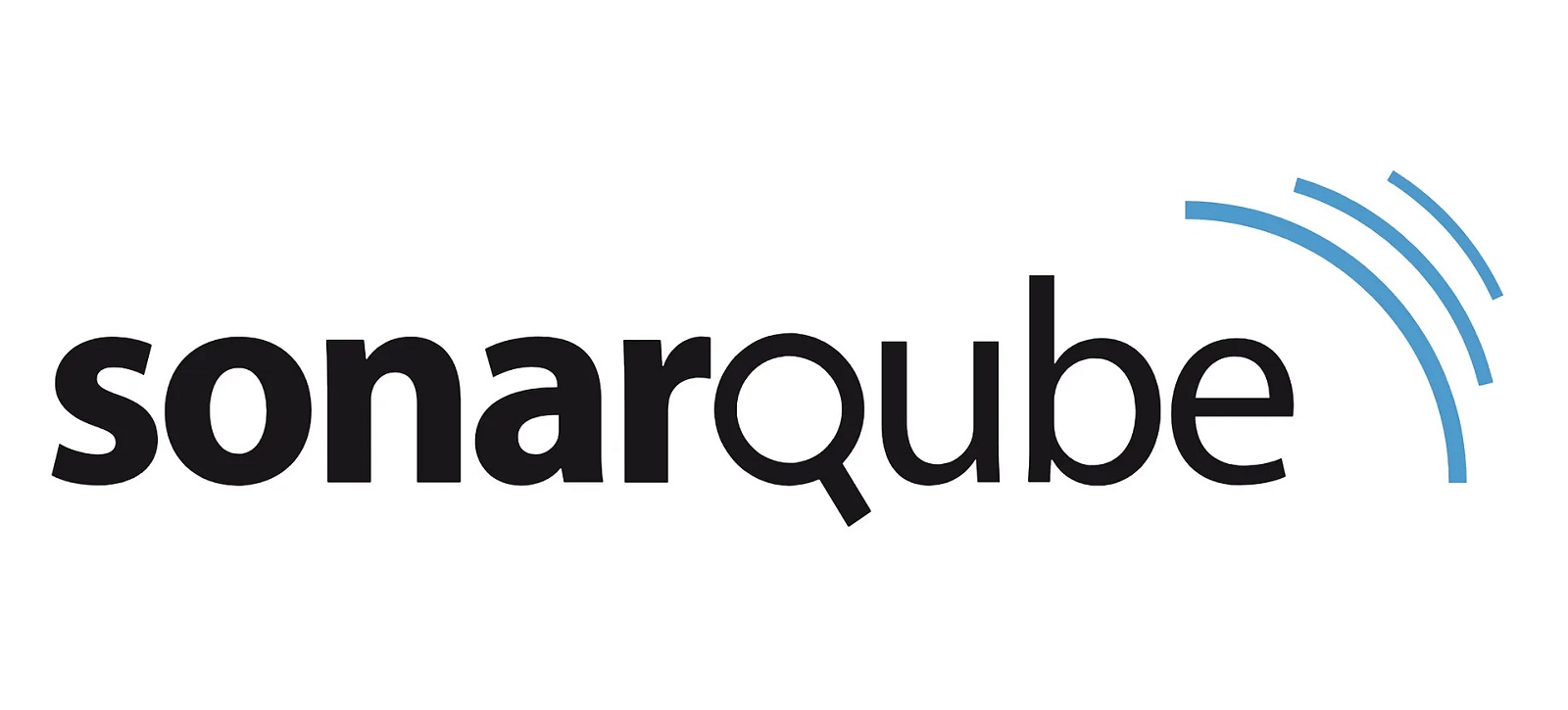SonarQube provides a wide array of rules to analyze your .NET codebase, but every project has unique requirements. Customizing these rules allows you to enforce specific coding standards and align quality checks with your team’s goals. In this guide, we’ll walk you through the steps to customize SonarQube rules for your .NET projects.
Table of Contents
Why Customize SonarQube Rules?
Default SonarQube rules cover a broad spectrum of coding practices, but they may not address all your project’s needs. Customizing rules provides several benefits:
- Enforce Team Standards: Align SonarQube rules with your organization’s coding guidelines.
- Focus on Relevant Issues: Remove or disable rules that don’t apply to your project.
- Improve Development Workflow: Reduce noise in code reviews by focusing on actionable feedback.
- Enhance Code Quality: Encourage consistent coding practices across your team.
Accessing SonarQube Rules
SonarQube’s rules can be accessed and managed from the Quality Profiles section:
- Log in: Navigate to your SonarQube dashboard and log in as an administrator.
- Go to Quality Profiles: Click on the “Quality Profiles” tab to view the profiles available for different languages, including .NET.
- Select a Profile: Choose the quality profile applied to your .NET projects. You can either edit an existing profile or create a new one.
Customizing Existing Rules
To modify existing SonarQube rules:
- Search for Rules: Use the search bar in the “Rules” section to find specific rules.
- Enable/Disable Rules: Toggle the activation status of a rule to include or exclude it from your quality profile.
- Modify Severity: Change the severity level (e.g., Blocker, Critical, Major) to match your team’s priorities.
- Add Tags: Use tags to organize and categorize rules for easier management.
Creating New Rules
If the existing rules don’t cover your specific needs, you can create custom rules:
- Use Custom Plugins: Write a plugin in Java to define new rules for .NET projects. Refer to the SonarQube plugin documentation for guidance.
- Define Rule Details: Specify the rule’s name, description, severity, and examples of compliant/non-compliant code.
- Deploy the Plugin: Add your plugin to the
extensions/pluginsdirectory of your SonarQube server and restart the server. - Activate the Rule: Enable your new rule in the appropriate quality profile for .NET projects.
Best Practices for Customizing Rules
Keep these best practices in mind when customizing SonarQube rules:
- Start with a Baseline: Use the default quality profile as a starting point and tailor it gradually.
- Engage Your Team: Involve your team in deciding which rules to enforce to ensure alignment.
- Document Changes: Maintain a record of customized and newly created rules for future reference.
- Test Custom Rules: Validate your custom rules on sample projects before applying them broadly.
- Review Periodically: Update your quality profiles regularly to keep pace with evolving project needs.
Conclusion
Customizing SonarQube rules allows you to align code quality checks with your team’s specific requirements, ensuring consistent and high-quality .NET development. By tailoring these rules, you can focus on what matters most to your project while improving collaboration and efficiency.

